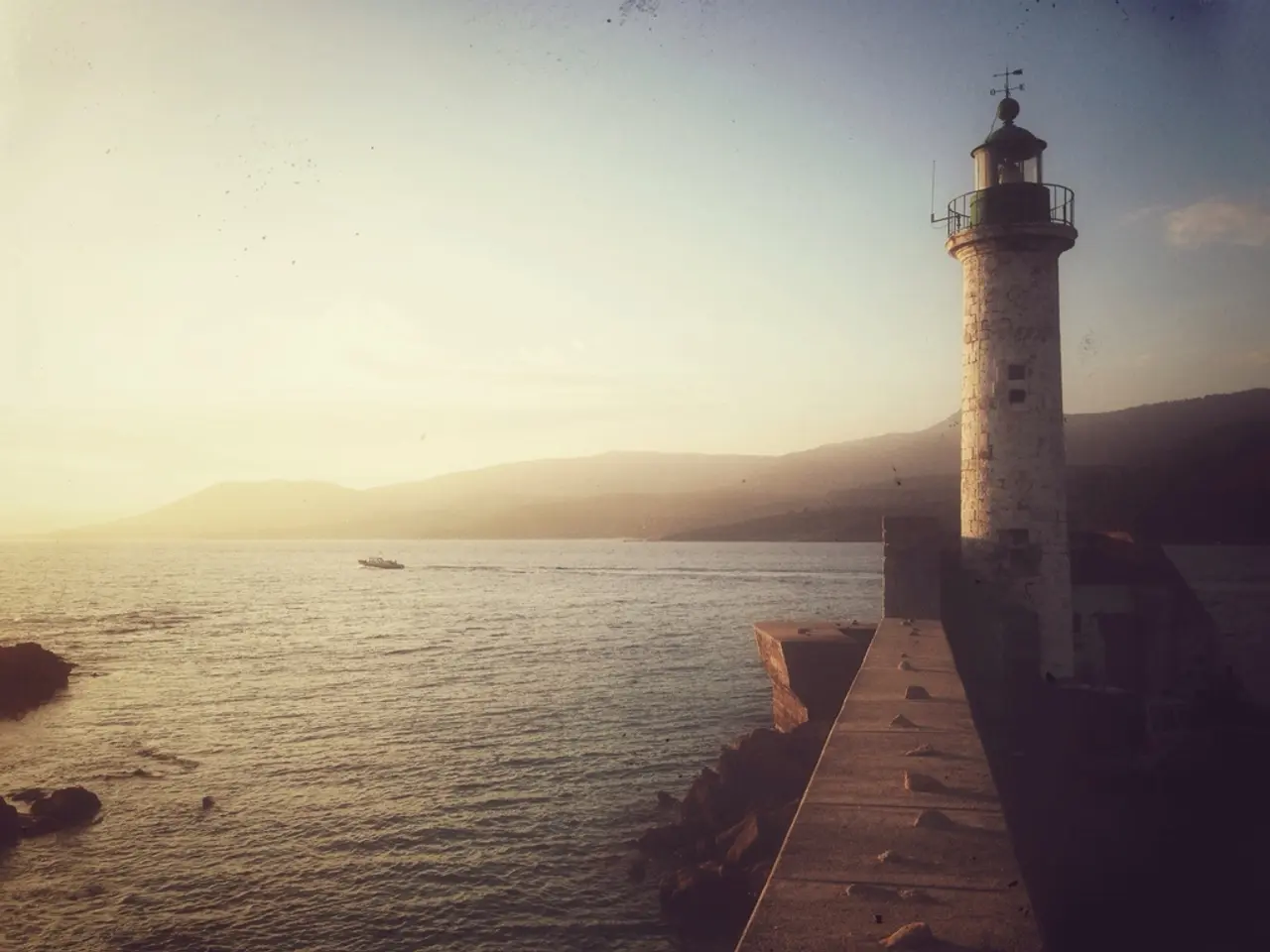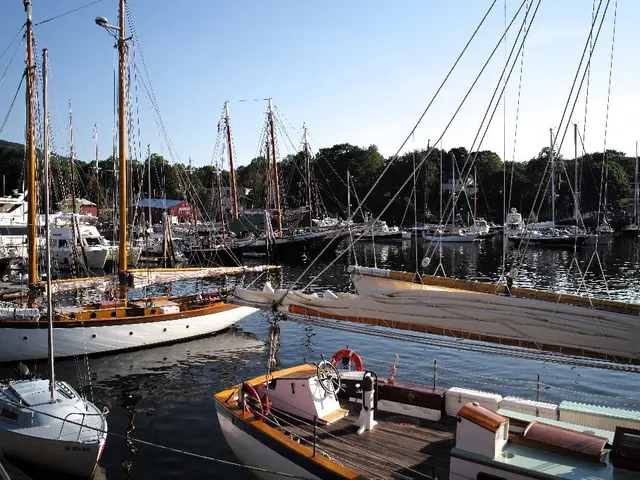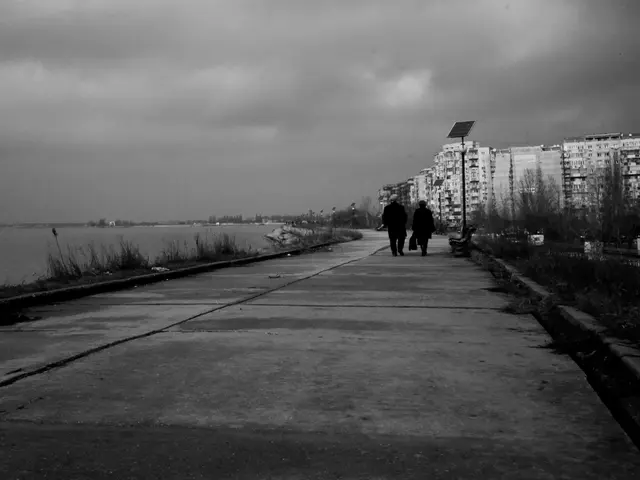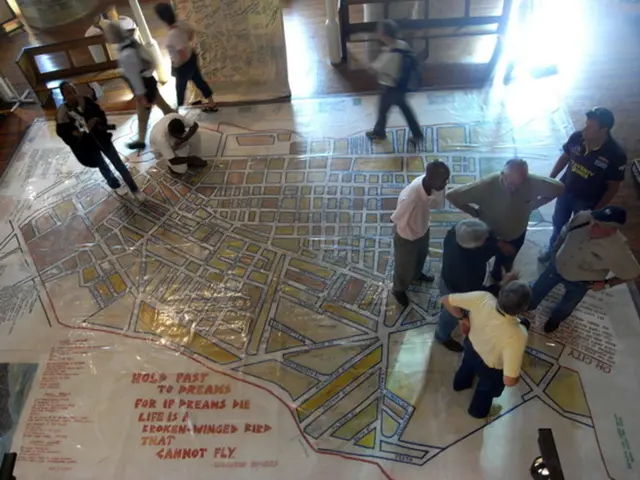Greenland Glaciers' Calving Process Revealed in Groundbreaking Study
A groundbreaking study has provided an unprecedented insight into the calving process of Greenland's coastal glaciers. Using a fiber-optic cable, scientists have captured detailed data on the detachment of icebergs, a crucial factor in sea level rise and global climate change.
The experiment, led by Dominik Graeff of the University of Washington, involved deploying a cable across the fjord of the Eqalorutsit Kangilliit Sermiat glacier in South Greenland. Over three weeks, the cable recorded a staggering 56,000 iceberg detachments, ranging from small, bus-sized chunks to stadium-sized giants. The data includes a rich tapestry of sounds and phenomena, from the crack of ice to the roar of underwater waves and the gentle lapping of local tsunamis.
The cable, stretching hundreds of meters high, captured the entire calving process for the first time. This includes the disintegration of icebergs as they enter the sea, a phase previously shrouded in mystery. The research team also collected data on ocean conditions using a suite of other tools, providing a holistic view of the calving process.
The study, published in the journal Nature, marks a significant step forward in understanding glacial calving. The wealth of data collected will be used to refine models and predict iceberg calving events, crucial for understanding and mitigating sea level rise and its impact on global climate change.
Read also:
- Bishkek: A Time-Capsule City of Soviet Statues and Architecture
- Tata Motors Establishes 25,000 Electric Vehicle Charging Stations Nationwide in India
- Tesla's Nevada workforce has escalated to a daily output of 1,000 Powerwall units.
- AI-Enhanced Battery-Swapping Station in Southeast Asia Officially Opens Its Doors








